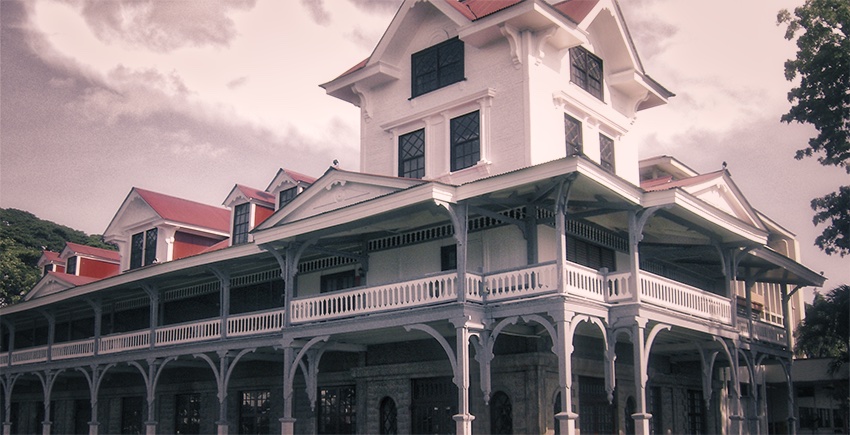
Unsolicited Advice to Governor Roel Degamo
(Text appeared in his column in a national daily and a local weekly.)
I listened last night (February 18) to Renato Solidum Jr., director of Philippine Institute of Volcanology and Seismology (Phivolcs) and Leo Jasareno, director of the Mines and Geohazard Bureau (MGB), explain before a television audience composed of journalists and some officials of various organizations the recent natural occurrences on Mindanao and the Visayas. These two public officials, who are also experts in their fields, explained how and why these events happened. Being a student of geology, having been educated in this field by two geologists in my family, I listened intently and was able to understand from the clear explanations of these two experts why it is necessary for our officials of government and the people to be educated on the natural events such as earthquakes, volcanic eruption, ring of fire, typhoons, tsunamis, sea level rise etc, and to have a clear idea of what is meant by such geological terms as faults, trench, lithospheric plates, subduction, landslides, mudslides, etc.. All of these geological events occur in the country. It is ironical that these events, which cause untold suffering of our people, were the very ones that caused the formation of the Philippines during the past geological ages.
These two government officials explained what they are doing but they clearly indicated that they cannot be expected to do everything to protect our people from the disasters arising from these natural events. They are asking all local government officials to do their part, such as leading in the mapping of the geological hazards in their own barangays and municipalites and preventing people from building their homes in the vicinity of faults or in places exposed to floods and tsunamis.
I am echoing the advice in this column, and I am giving the example of the area of Cuernos de Negros or Talinis (an inactive volcano) and the two lakes (Balinsasayao area). Both Solidum and Jasareno did not refer to the two lakes during their briefing mentioned above. The municipalities that could be affected by geological events in the Talinis-Lake area are Bacong, Dumaguete, Valencia, Sibulan, San Jose, and Amlan.
Information made available to me states that the Lakes area has four faults that intersect at the southern edge of the smaller lake, one of which is the Manguid fault. Another one is the Amlan fault about 1,400 meters west of the lake. The two lakes themselves are separated by a normal fault, and the level of the western lake is higher than that of the eastern lake. Movements along these intersecting faults near or within the two lakes during an earthquake could trigger a rupture on the lake walls allowing water to seep and eventually result in the collapse of these walls. Should this happen, flush flooding and massive mass movement or landslides would occur. This scenario already happened in the case of Mt. Parker/Maughan Lake in South Cotabato.
The probability of this scenario happening is not known, although it is possible. That is why we are urging our government officials, from Governor Degamo to the mayors of the towns mentioned, to request the Phivolcs and the MGB to inspect the Talinis-Lake Balinsasayao area, to determine whether the recent earthquake had affected the area and to recommend appropriate actions on the part of the local government units. And of course, we expect local government authorities to make a report on the survey results to the people of Negros Oriental.
ABOUT THE AUTHOR :
Angel C. Alcala
Associate in Arts (1950); BSA (Biology) (1952);
Dr. Alcala is currently a Member of the Board of Trustees at Silliman University. He holds the distinction of Professor Emeritus. He has served Silliman as University President and the Philippine government as Secretary of the Department of Environment and Natural Resources. He obtained his graduate and post-graduate degrees from Stanford University. In 1992, he received the prestigious Ramon Magsaysay Award for Public Service.


